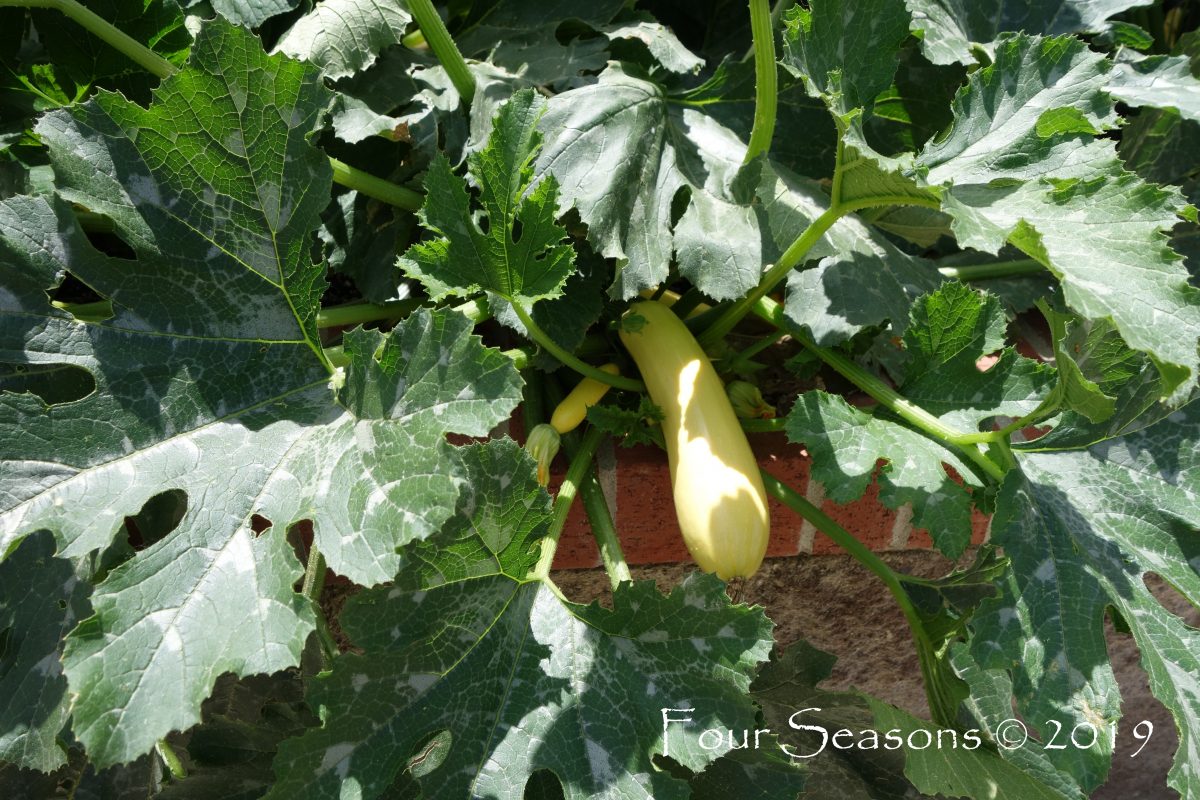Even though the summer monsoons have begun, I’d be willing to bet that we’re going to get hit with another bout of hot weather before the summer ends. Now that you know what signs of heat stress to look for in your plants, I want to give you some ways to reduce that stress in order to prolong the life of your summer garden.
Plants with shallow root systems will dry out more quickly and need water more often than those with longer tap roots. Perhaps this is why dandelions never seem to wilt! Those summer annuals will dry out faster than your established trees and shrub and will need water more often. Although mature, established trees, shrubs, and perennials will also experience heat stress, they may not show the signs as quickly, so be sure they get a good drink frequently as well.
I’ve been on my soapbox for quite a while about the benefits of using mulch in your garden and I want to reiterate that once again. Mulch can be a lifesaver as it helps conserve moisture because it works to slow evaporation when you do water. It will also help to keep the roots cooler which aids in the overall health of the plant.
Just as you like to stand under a mister at the pool or rec center, so will your plants. If you have a mist function on your hose nozzle or watering wand, give your plants a misting mid-day if possible. Even though some people recommend against doing this because of the increased risk of disease when the plants are too wet, in our high, dry climate I believe they will dry off quickly enough to minimize this and the benefits of added moisture will outweigh any risks.
If we have an extremely hot spell, your plants will benefit from some shade if you can provide it. Move containerized plants onto a porch or patio. Drape some shade cloth over the garden. You could even use a picnic or beach umbrella if you have one. You won’t want to do this for an extended period however, because it can cause your plants to stretch as they look for more light, but on a blistering day, providing some shade might save their leaves from scalding.
One thing you’ll want to be sure to do is to keep up with your weeding. I go out each evening for a half hour or so and come in with a bucket each night. Weeds, by their nature of being native to the area, are better adapted to survival in this climate than many of the annuals, perennials, shrubs and trees that you’ve planted and so they will be more tenacious at survival. Keeping them at bay means they aren’t competing for the water that your garden plants need.
There are a few things you shouldn’t do during times of intense heat however. Wait to transplant young seedlings, especially if you wanting to plant fall crops now because they will stand a better chance of survival if you wait until the daytime temperatures moderate just a bit.
You may also want to hold off on the fertilizer during intensely hot periods. Fertilizer, even applied using the label directions, can work to burn plants when it is extremely hot. The same goes for any chemicals you may need to use to control pests. There are some you shouldn’t use if the temperature is too hot so be sure to check the label before mixing or applying. Finally, don’t do anything to further stress your plants and this includes moving, dividing, or pruning them.
The “dog days of summer” officially end on August 11th this year, but we’ll have some warm weather for a while to come. It’s usually towards the end of August when we have a morning that it feels like the air has begun to change over to fall. In the meantime, do what you can to get your plants, and yourself, through the hot spells without being stressed.

